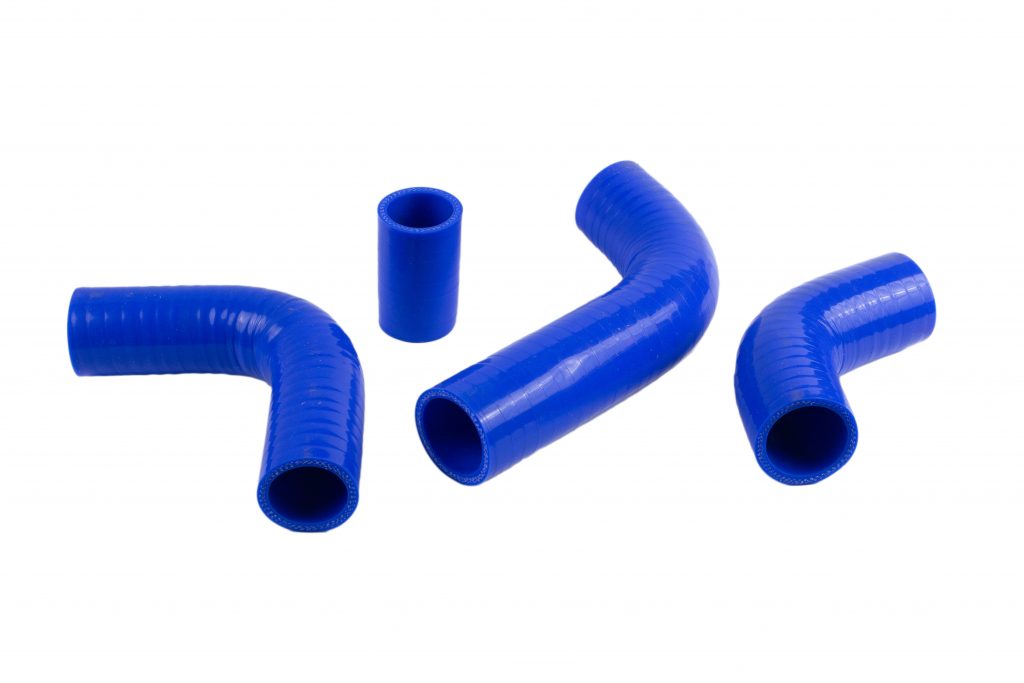
This image is licenced under Adobe Stock. Please refrain from using it without proper permission.
Are Silicone hoses really heat resistant?
Silicone hoses play a pivotal role in a vast array of applications, ranging from automotive to medical, food and beverage, and more. One of the more desired characteristics of silicone hoses is their extreme heat resistance, making them more than desirable for a large number of such industries.
Among the many admirable attributes of silicone hoses, heat resistance is arguably the most critical. Silicone hoses can resist temperatures as high as 200°C (392°F) or even higher for specially formulated variants. This heat resistance is due to the chemical structure of silicone, a combination of alternating silicon and oxygen atoms, a configuration known for its high thermal stability.
When other materials such as natural rubber or PVC break down, harden, or become brittle, silicone hoses maintain their flexibility and structural integrity. They’re well suited to operate in environments with substantial temperature fluctuations, exhibiting a minimal degree of thermal expansion or contraction, which is critical for maintaining a reliable and consistent operation.
The heat resistance of silicone hoses makes them invaluable in a multitude of applications. In the automotive industry, they are often found in cooling and heating systems, turbocharger and intercooler applications, and air induction systems. They endure the high temperatures generated by engines, ensuring efficient operation and minimizing the risk of overheating or mechanical failure.
In the industrial sector for example, silicone hoses serve in heated manufacturing processes, hot gas ducting, and high-temperature fluid handling. They’re used in sectors as diverse as pharmaceutical manufacturing, food and beverage processing, and even the aerospace industry, where components must withstand extreme temperature variations.
Thanks to their exceptional heat resistance, silicone hoses tend to have a longer lifespan compared to their rubber or plastic counterparts, which despite their lower cost will break down quicker requiring costly maintenance and/or replacement, leading to higher long term costs.
